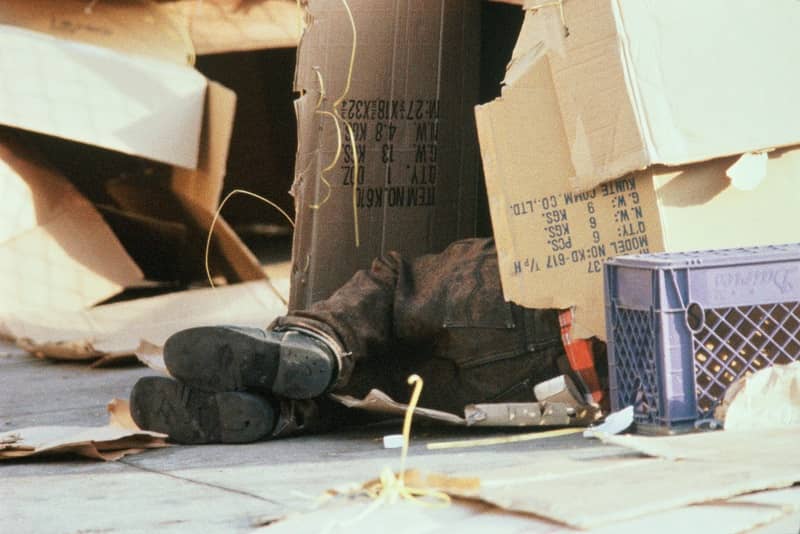

Summary
Portland’s population is expanding, but our highway and bridge network is crumbling. Market-based road pricing and de-regulated transit are the only sustainable solution, financially and environmentally, to Portland’s transportation crisis.
Word count: 605
Local political leaders have spent much of the past decade paralyzed about whether the I-5 Interstate Bridge over the Columbia River should be replaced, and if so, how to pay for it. Although it may seem like an enormously complicated undertaking, it doesn’t have to be. There is a simple solution that would solve traffic, transit and environmental concerns, while being financially self-sustaining. That solution is market-based road pricing coupled with de-regulated transit.
The essential elements are as follows:
- Replace the existing facility with a new bridge.
- Finance 100% of it through user fees (tolls).
- Use electronic tolling technology to collect the fees, with variable toll rates designed to: (1) recover the cost of construction and maintenance; and (2) ensure free-flowing traffic at all times. This concept is known as congestion pricing or peak-hour pricing. It has been used for decades by electric utilities, movie theaters and restaurants, and more recently on highways such as SR 91 and I-15 in California, where it has been quite successful in maintaining free-flowing traffic conditions.
- Do not build a light rail line, which would increase the cost by more than $1.4 billion. Light rail is too slow, too costly, and it’s not capable of moving very many people at peak periods (compared with buses). If we use congestion pricing, we will have three thru lanes in each direction constantly flowing at high speed. Those lanes will serve as de facto express-bus lanes, at virtually no cost to transit customers.
- Legalize all forms of private transit, including jitneys, shuttles and buses, in order to take advantage of the uncongested lanes. Neither C-Tran nor TriMet is capable of meeting all consumer demands for transit, and we should allow private investors to enter the market.
The purpose of the variable highway tolls should be to ensure that traffic is always in free-flow conditions of roughly 50 MPH within the congestion-priced area, currently planned as a five-mile stretch from Vancouver to Columbia Blvd. in Portland. Maintaining traffic at 50 MPH will help us maximize a number of competing objectives: It will give us satisfied drivers, allow for high-capacity public and private transit, and minimize carbon dioxide emissions (because vehicle engines perform better at steady speeds than they do in heavy traffic).
No other strategy combines so many benefits at such a low cost, without the need for subsidies. However, it can get even better if we plan a Phase II that expands the concept to the entire urban freeway network. Metro studied this idea 10 years ago and found that regional congestion pricing would improve peak-period highway speeds by more than 50%.
Governor Ted Kulongoski, who recently endorsed congestion pricing, should request that Metro update the analysis to assess peak-hour pricing on I-405, I-5 from Washington to Wilsonville, all of I-205, I-84 from Gresham to the I-5 junction, HW 217, and HW 26 from Hillsboro to I-405. Such a study could proceed on a separate but parallel track to the Columbia River Crossing study, enabling us to act in a few years when the time is right.
Motorists will immediately fear double-taxation with this vision, but that can be addressed by spending gas tax dollars only on local roads and making the urban highways self-supporting with tolls. As long as the toll revenue is spent on maintaining and expanding highway facilities (and not siphoned off for wasteful projects like the streetcar), motorists will be much better off than they are today.
Portland’s population is expanding, but our highway and bridge network is crumbling. The only sustainable solution, financially and environmentally, is market-based road pricing and de-regulated transit.
Attention editors and producers:
Cascade Commentaries are provided for reprint in newspapers and other publications, with credit given to author(s) and Cascade. Contact Cascade to arrange print or broadcast interviews on this commentary topic.
Electronic text files are available online at www.cascadepolicy.org.
Please contact:
Nancy Wheaton
Cascade Policy Institute
4850 SW Scholls Ferry Rd.
Suite 103
Portland, Oregon 97225
Phone: (503) 242-0900
Fax: (503) 242-3822
www.cascadepolicy.org
info@cascadepolicy.org
Cascade Policy Institute is a tax-exempt educational organization as defined under IRS code 501(c)(3). Nothing appearing in this Cascade Commentary is to be construed as necessarily representing the views of Cascade or its donors, or as an attempt to aid or hinder the passage of any bill before any legislative body. The views expressed herein are the author’s own.
